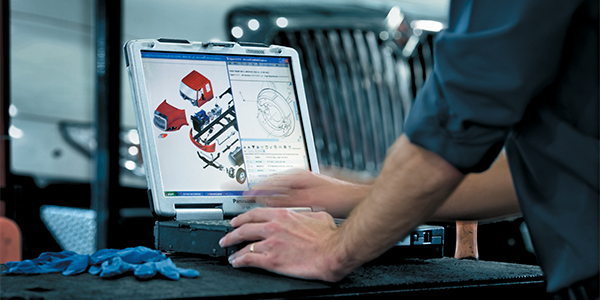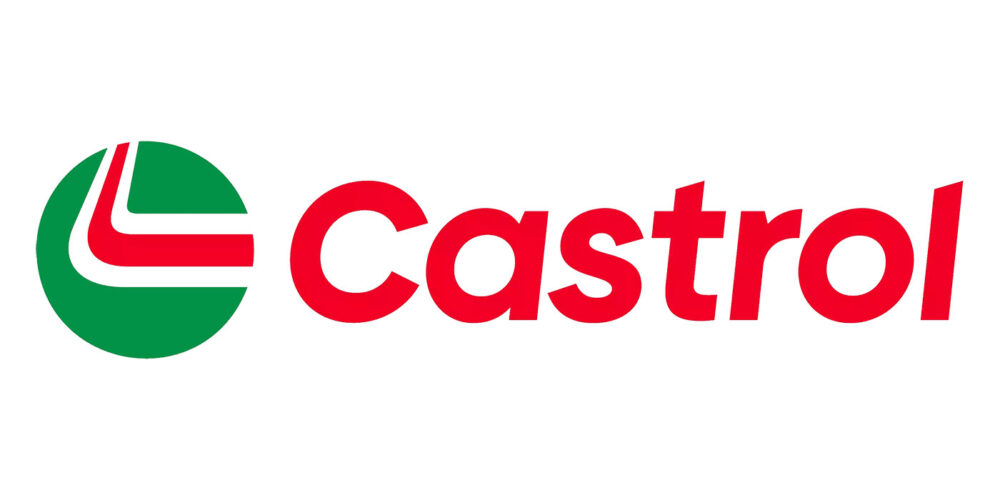For fleets and drivers operating vehicles equipped with automatic slack adjusters (ASAs): Do not manually adjust the ASA if the brake is beyond the stroke limit. It’s sound advice from Bendix Commercial Vehicle Systems and Bendix Spicer Foundation Brake (BSFB).
Some technicians servicing drum brakes will adjust ASAs at every PM inspection. Properly installed, operating and lubricated automatic slack adjusters should never need adjusting after the initial setup—aside from during brake relining. For that reason, Bendix emphasized that an out-of-adjustment ASA should never simply be manually adjusted to bring it back into adjustment.
Wheel-ends beyond the maximum allowable brake stroke are considered out of adjustment, and drivers can incur fines if 25% of a truck’s wheel-ends are out of adjustment. Many factors can cause an ASA to be out of adjustment—including improper lubrication of the slack adjuster, cam tube and clevis pins; or excessive wear of the cam head, bushings and rollers. However, it is likely that none of these will be remedied with a manual adjustment.
Simple maintenance such as greasing the slack to proper purge can keep the ASA working smoothly and in proper adjustment and operation.
“Maybe as a holdover from the days of manual slacks, we continue to hear stories of service technicians who believe it’s acceptable to routinely adjust automatic slacks, or this item is still on the fleet’s PM inspection form, but it’s not something you should do for ASAs,” said Keith McComsey, BSFB’s director of marketing and customer solutions. “Manual adjustment may temporarily solve the out-of-adjustment issue. However, if other factors are at play, they must be addressed—otherwise the condition will reoccur. We stress, as always, how critical it is to maintain, adjust or replace slack adjusters according to the manufacturer’s instructions.”
Bendix advised measuring the chamber stroke on each wheel-end at every maintenance inspection. Do this by checking the distance from the chamber to the large clevis pin with the brakes released and after a full brake application. The difference between the two measurements is the chamber stroke. The maximum allowable stroke under CVSA guidelines is based on the chamber size and type.
To check the free stroke of the brake, refer to the manufacturer’s service data sheet. Pull the actuator push rod to confirm that approximately 1/2 in. of push rod-free stroke exists. The measurement of free stroke is an indication of shoe to drum gap on the brake. This is an indication of how the brake is maintaining adjustment.
As a guide, refer to the TMC recommended practices (such as RP-609) for further details on inspection and maintenance. If it is necessary to spec a replacement ASA because out-of-adjustment brakes are an ongoing problem, follow the TMC recommended practices.
Read more about slack adjusters in our recent feature here.
This Timely Tip was provided by Bendix.














